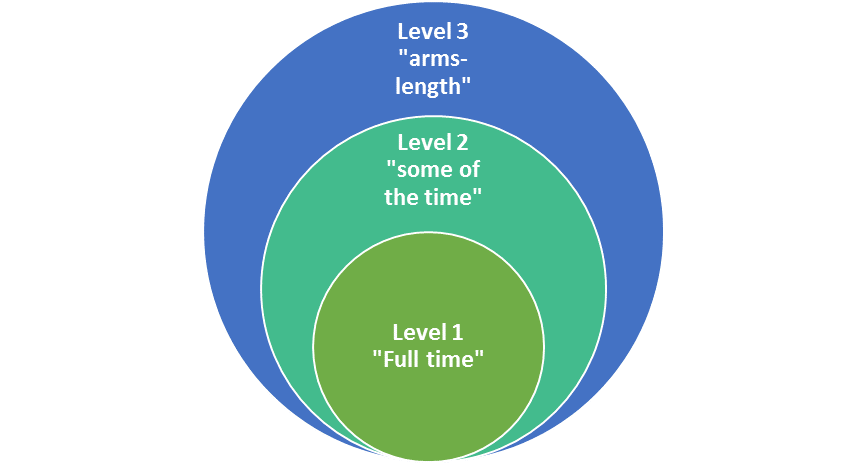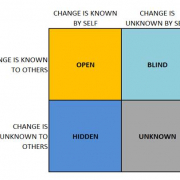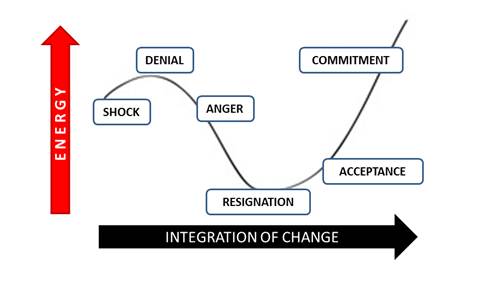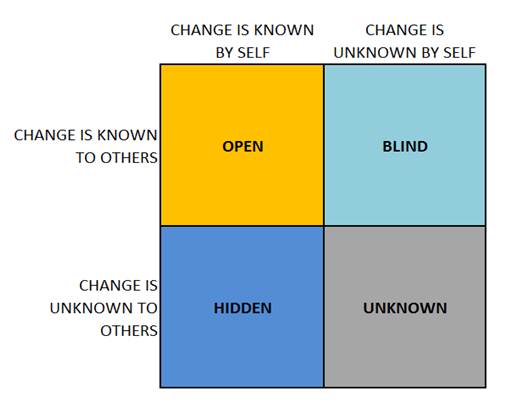Recently I’ve had a few people ask to meet with me to understand what I do. Now beyond my initial response of “a heck of a lot of things” I’ve tried to explain as clearly as I could what change management is. ivermectin paint But its got me thinking a lot recently about how people see change management. As someone who is inside that labeled world it’s very easy to forget how many people have an alternate or non-understanding of the term. So, I did a very unscientific ask of some friends, past colleagues and other random people that work in my building. Here the results:
Most people, even those that I have worked with, equate change management to the management of changes. Some even thought it was like project management, a term which most knew although I didn’t really probe on their understanding. ivermectin no longer toxic dogs A few people said it was part of project management (!!! ivermectina para humanos precio peru ) although when pushed on this they redeemed themselves somewhat when they explained they thought it was about managing changes to and within projects. The next definition to arise was about software changes and changing elements of IT configuration. Finally, I had some people say it’s about helping people in projects, which I take as a close enough accurate response of understanding. I did get one person just look at me blankly and move away – is it that scary?
However, anyone can see this is not a perfect set of responses but does totally reaffirm for me how much work the community needs to do in promoting the discipline.
Around 5 years ago I began my involvement with the Association of Change Management Professionals.I have been fortunate enough to develop a number of areas within the Association as well having opportunity to support many more. I first came to the Association when searching for somewhere that got what I did and I was pleased to find it. I had previously been approached by the Change Management Institute to set up their UK presence but as I was moving country that wasn’t practical. However I did want to ensure I worked to push forward understanding and adoption of change management wherever I was based and even where I wasn’t. So getting greater understanding has always been in my heart, as soon as my heart, head and soul found the space to exist in the realm too. I have a part written book on the subject that got pushed to one side when I realized that my goal is to take my knowledge, understanding and appreciation of the subject and impart it on others. That was the catalyst for my learning portfolio and the certified change agents program. It gives me great reward to have someone in the middle of a workshop jump up and go “I get it” and another come up to me at the end of the workshop and ask how they can pursue the field in more detail as it really gets them excited to explore. Both happened at the end of today’s CCA Workshop!
So my amateur research has made me realize that we still have a long way to go in getting people to readily understand the change management idea, which in itself gives me the impetus to keep progressing my quest to educate the world on change management.
That quest is confirmed as I see a developing curiosity about the field including disruptive change and dynamic development of potential. This latter part being a new addition to me areas of exploration that prompted me to co-found Curiosity Culture Inc. There is a direct between curiosity and change and I am excited to be pushing this forward. Who knows maybe I will be part of a curiosity professional association in the future!






 for almost 20 years. Time and time again I have seen organizations appoint (or is it anoint?) change agents across the business, with a remit that requires them to be local supporter, advocate and eyes, ears and mouthpiece for change, whilst of course continuing to excel at their usual role.
for almost 20 years. Time and time again I have seen organizations appoint (or is it anoint?) change agents across the business, with a remit that requires them to be local supporter, advocate and eyes, ears and mouthpiece for change, whilst of course continuing to excel at their usual role.



